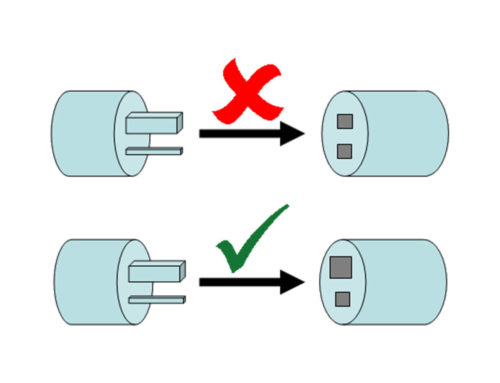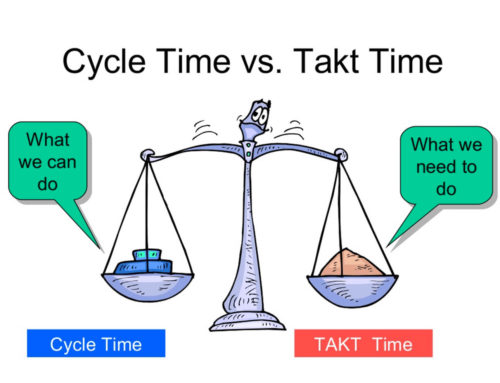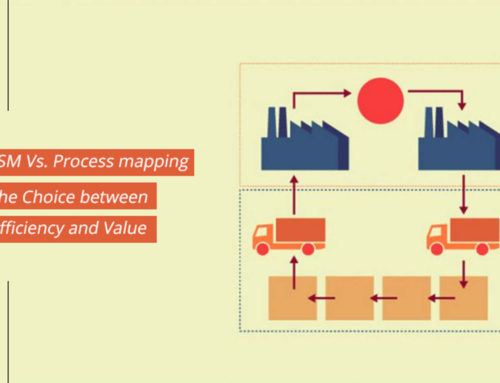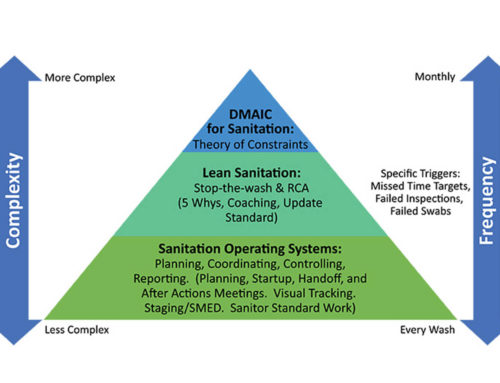In food production, specific plant utilities need to be installed in the factory. These items are not directly used to manufacture food, but they are essential as these facilitate the production process.
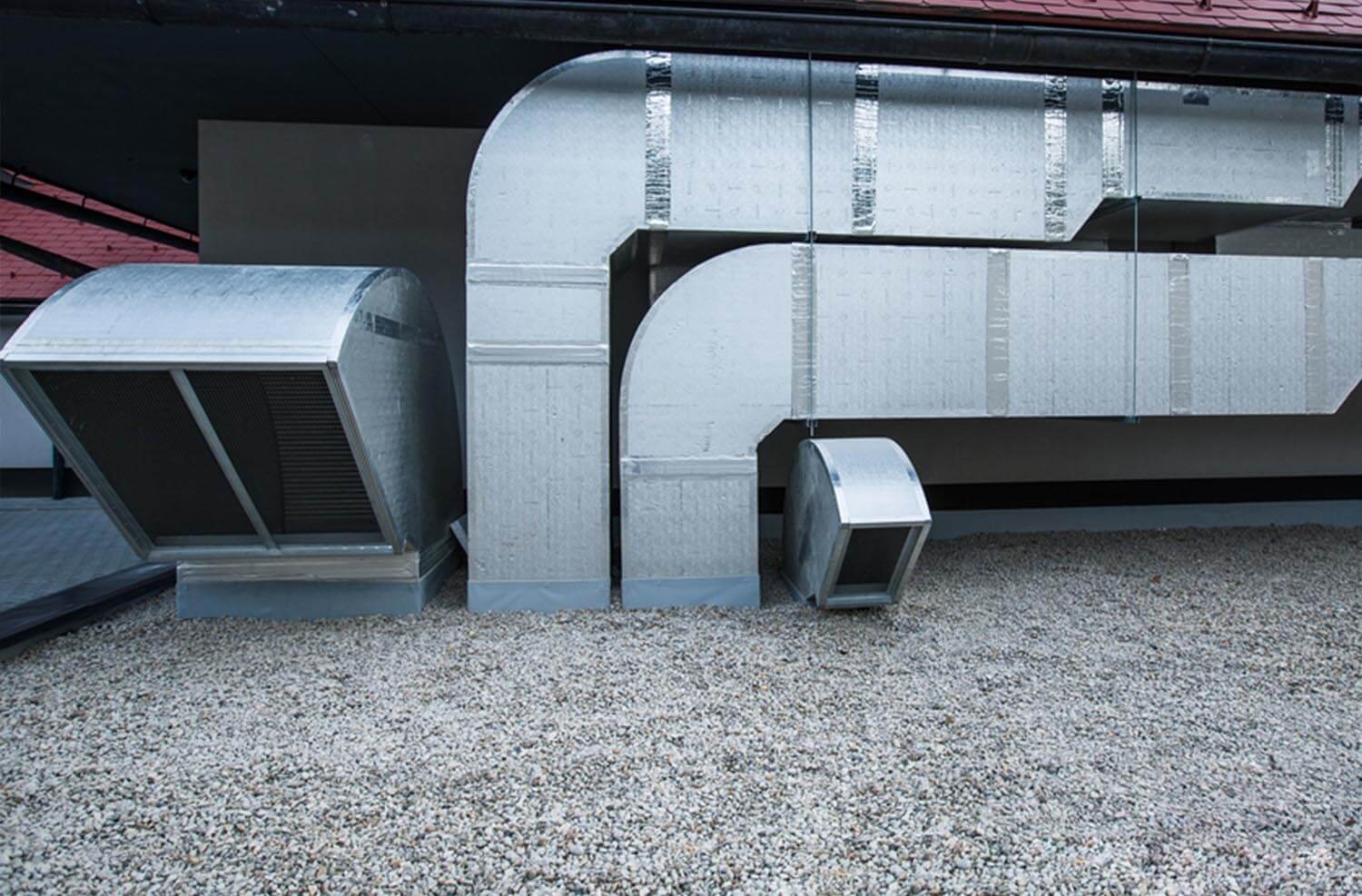 Food scientists need to coordinate with engineers, architects, and technologists to make a proper food plant with all necessary utilities and ventilation. Only then, production will be profitable. The utilities include a steam boiler, water, electricity. Compressed air and hydraulic power system. Without these, a food plant can not run efficiently. All these hold a crucial part in the production of food.
Food scientists need to coordinate with engineers, architects, and technologists to make a proper food plant with all necessary utilities and ventilation. Only then, production will be profitable. The utilities include a steam boiler, water, electricity. Compressed air and hydraulic power system. Without these, a food plant can not run efficiently. All these hold a crucial part in the production of food.
Let us have a look at each utility one by one.
1) Ventilation
The food processing facility must fulfil some specific ventilation conditions. It depends on where the factory is situated. It is necessary to provide an adequate amount of airflow in the entire facility. Ventilation helps remove any stale air from the food area and provides fresh air.
Several types of equipment are used to minimize odours and vapours such as steam and fumes, which might begin contamination. Any contamination threat put the entire facility production at the risk of shutting down unless and until the issue is solved. Therefore, the ventilation process needs to be adequately established. These fans and other air-blowing equipment are located and operated in such a way that it minimizes any potential risk of contamination. This protects food packages material and food contact surfaces.
2) Steam
Usually, two boilers are used to produce steam in a food factory. They produce steam at 100-150 psi. It is recommended to locate boilers on an outside wall where the air can be used for combustion. Air emission is required for the steam producing boilers.
High-pressure boilers require a licensed operator. A specially trained member needs to handle the boiler. This work needs to be done carefully and with expertise. Boilers often use natural gas, coal, or fuel to generate heat energy. Steam or hot water is used for cooking or sanitizing meat, vegetables, and fruits. Hot water is also used for cleaning purposes as well.
3) Electrical Power
A local utility provides the high voltage line system to the facility. Initially, the facility must have a step-down transformer and an electrical distribution system with different voltage levels such as 440 V, 220 V, and 120 V. If the voltage is higher than the wiring will be less expensive. The conversion of electricity into motors and fixtures will be efficient.
The areas of plants and equipment are wired separately and are individually isolated. Switch gears and motor starters are situated in ventilated rooms since they produce heat energy.
It is smart to use two independent substations so that in case of any emergency, at least one station will be able to provide the power.
A standby electrical generator can also be kept just to be on the safe side. Generators usually run on fuel or diesel.
4) Water
Water is the most important essential for a production plant. This water should be drinkable and potable. Additional treatment needs to be done to remove chlorine and other matter from the water.
For this purpose usually, the boiler is used to treat the water by the ion-exchange method. This removes the hardness and salts such as magnesium and calcium from the water. A public or private utility that is from a well or surface water source like a lake or river provides water to the plant.
Water is distributed into steel, plastic, and copper pipes which then provides water to the entire facility.
The water must be sanitary, which is used to wash, rinse, or convey the food or machines. This water can also be reused if it doesn’t break the safety and sanitary protocols of food production.
Conclusion
It is impossible to run or operate a production facility without these utilities. So, especially attention needs to be given while planning and validating the factory layouts and designs. Ventilation and utilities need to be in a particular place and only from there, this equipment can work properly. Any neglect will cause severe loss to production, and there will be a significant loss of money.
Providing and maintaining proper conditions for the ventilation process and utilities will undoubtedly increase the productivity of the factory. Planning and determining every potential issue is smart and must be looked upon carefully.


